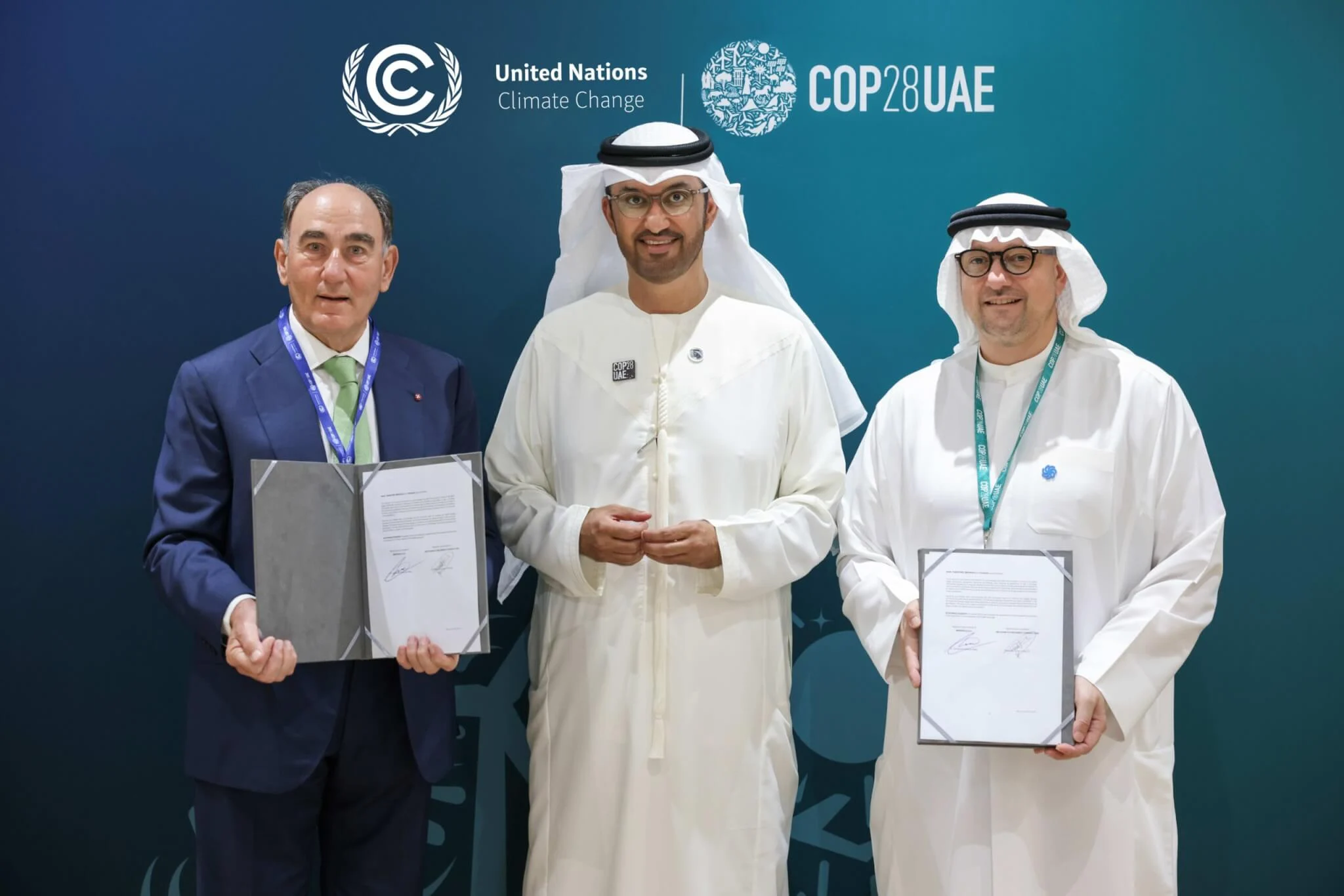Canadian Oil Sands GHG Emissions Remain Nearly Flat in 2023 Amid Production Growth: S&P Global

|
Listen to this story:
|
- GHG emissions from Canadian oil sands rose by less than 1% in 2023, while production increased by 9% since 2019.
- The average GHG intensity of oil sands production decreased to 58 kgCO2e per barrel in 2023, a 28% drop since 2009.
- Continued emission reductions are needed for Canada’s oil sector to meet the proposed 2030 federal emissions limit.
Greenhouse gas (GHG) emissions from Canadian oil sands production remained nearly flat in 2023, with an increase of less than 1%, despite a rise in total production, according to a recent S&P Global Commodity Insights analysis. This trend signals a significant slowdown in absolute emissions growth, which has averaged about 1% annually since 2020, compared to 5% per year over the previous decade.
“The years-long trend of declining greenhouse gas intensity, coupled with slower production growth continues to slow the rise of absolute emissions,” noted Kevin Birn, Vice President, Canadian Oil Markets Chief Analyst, and Head of the Center for Emissions Excellence at S&P Global Commodity Insights. “The fact that the rate of production additions is outstripping emissions growth indicates that the production that is coming forward is of a much lower intensity than the overall average.”

Related Article: S&P Global Launches World’s First Daily Carbon-Accounted Iron Ore Price Assessments
Key Findings:
- Absolute emissions were 3% higher (3 million metric tons of CO2) in 2023 than in 2019, while oil sands production grew by 9% (250,000 barrels per day) over the same period.
- From 2010 to 2019, absolute emissions had risen by nearly 3 million metric tons of CO2 annually, with production increasing at an average of 200,000 barrels per day each year.
- The average GHG intensity of oil sands production fell to 58 kgCO2e per barrel in 2023, representing a near 28% decline, or about 23 kgCO2e/b, since 2009.
Future Outlook: S&P Global Commodity Insights has suggested that the slowing pace of absolute emissions growth could mean oil sands emissions may peak sooner and at a lower level than previously expected. However, Kevin Birn emphasized that the industry faces challenges ahead: “Anticipated production additions are expected to outstrip intensity reductions in the near term, and that means that greater decarbonization efforts from the sector will likely be required to meet the proposed federal oil and gas emissions limit by 2030.”
He added, “Bringing sufficient carbon and storage capacity online in just a few short years will be a challenge. However, the slower pace of emissions additions could make the proposed 2030 emissions limit more achievable.”
The oil sands sector’s progress in reducing GHG intensity and managing emissions growth underscores the importance of continued investments in decarbonization to meet Canada’s climate targets.

Follow ESG News on LinkedIn









